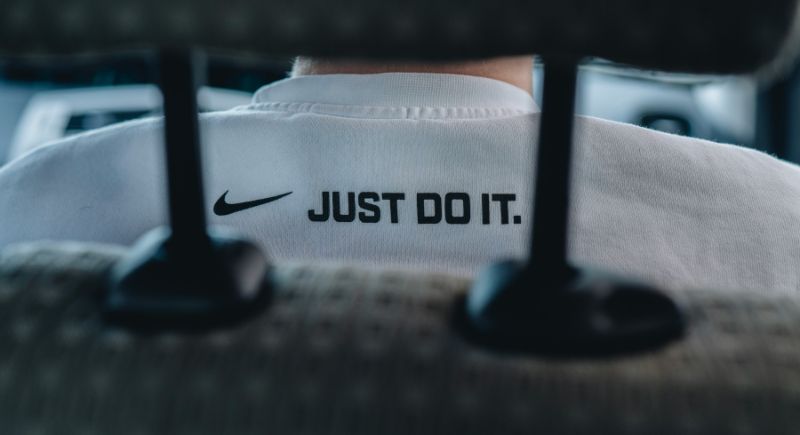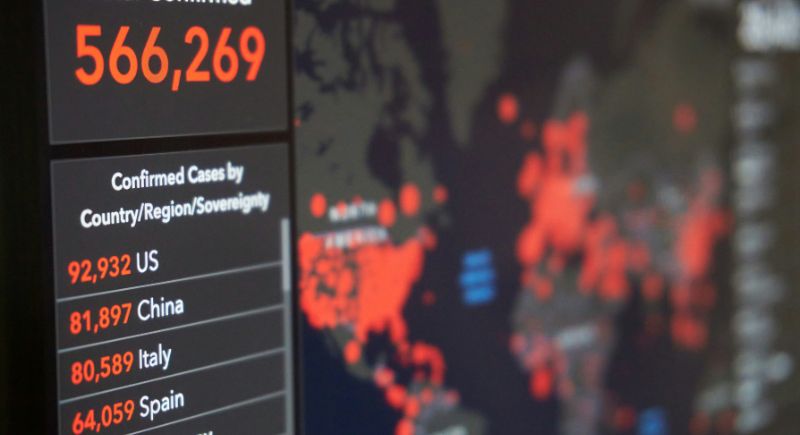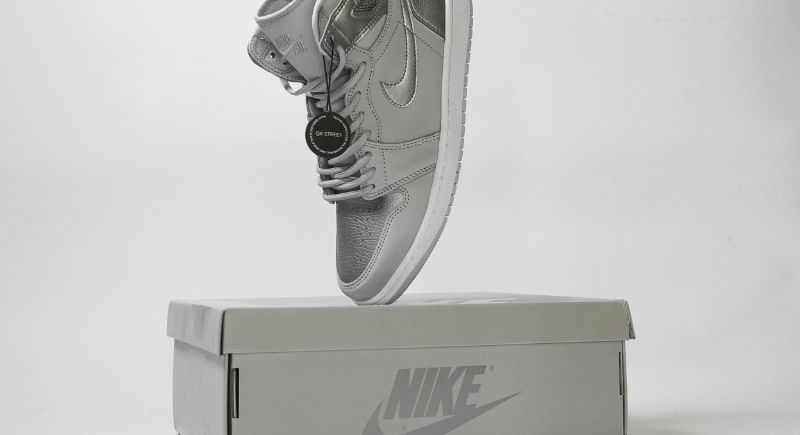Thieves Steal $2 Million in Nike Kicks From U.S. Freight Trains
Out in the deserts of Arizona and California, freight trains have been losing something a little flashier than your average cargo: unreleased Nike drops worth hundreds of thousands per shipment. Over the past year, these trains have become rolling targets for one of the wildest crime waves in retail history.
Since March 2024, around ten separate heists have hit freight trains moving along isolated stretches of rail between Phoenix, Kingman, Seligman, and the Mojave. Nine of those times, the prize was Nike shoes, Limited-edition Jordans, and high-demand collaborations.
These boxes were packed tight with hype and the kind of scarcity that makes resellers foam at the mouth. Law enforcement estimates the total value of the stolen goods to be around $2 million.
Here’s The Playbook

Image via Unsplash/Mateusz Zatorski
This isn’t smash-and-grab from a storefront. These crews stop moving trains in the middle of nowhere. Then, they pull off organized thefts that look more like military operations than petty larceny. In January, nearly 2,000 pairs of the Nigel Sylvester x Air Jordan 4 were taken from a train crawling through Arizona. That one hit alone was worth $440,000. The shoes were unreleased at the time and priced to launch at $225 per pair.
Police found the stash days later inside a rented box truck. It wasn’t the first time GPS trackers led them straight to the loot. In an earlier case, a U-Haul packed with stolen Air Jordan 11s was discovered after a similar operation. That shipment had included the “Legend Blue” colorway, which still hadn’t made it to shelves.
These crimes follow a pattern. First, thieves identify containers carrying valuable products. That info comes from insiders at warehouses or shipping companies, from tracking numbers, online leaks, or simply knowing what brands are in high-security containers. Once they spot a target, the crew waits for the train to slow, usually at a track switch or signal.
Then comes the physical part. Someone boards the train. They carry bolt cutters or power saws to crack the locks. The cargo is located, and the crew makes its move. To stop the train completely, they slice through an air brake hose. That sends the whole thing into emergency mode.
Criminal Networks and Global Markets

Image via Unsplash/Anton
Trains can be up to two miles long, so it’s nearly impossible for a single conductor to monitor what’s happening on every car. Workers are told not to intervene. By the time authorities can reach these isolated spots, if they’re alerted at all, the thieves are already gone. Trucks wait nearby. In some cases, merchandise is tossed to the roadside and scooped up like takeout.
The timing is precise, the job is quick, and the profits are wild. Some of these stolen shoes are flipped online the same day, while others make it to warehouses, where they’re stored for larger resale operations. According to investigators, a good chunk of stolen gear heads toward California, where it either enters the secondhand market or ships overseas. By the time the police trace it, most of it is long gone.
Authorities have arrested more than 60 people linked to the string of thefts. In one raid last summer, they found more than $3 million in stolen goods, as well as detailed records that listed preferred brands and shipment targets. The charges have been filed at both the state and federal levels, with trials pending.
Some of the suspects were teenagers or had coordinated hits across multiple counties. There are reports of encrypted apps, burner phones, and communication between cells in Phoenix and Los Angeles. According to Homeland Security agents, this is a whole network.
Keith Lewis of Verisk CargoNet, a company that tracks supply chain theft, explained that there are hundreds of containers on each train, and finding the right one takes information. That can come from online leaks, shipment trackers, or inside sources who know where the product is loaded. Once located, the rest is timing and muscle.
America’s Supply Chain Weak Spots

Image via FreePik
These heists are just one piece of a bigger problem. Cargo thefts in the U.S. rose 40 percent last year, with over 65,000 cases reported in 2024. According to government figures, thefts across trucks, trains, and ports cause an estimated $15 to $35 billion in losses annually.
The scale of the problem comes down to infrastructure. The U.S. has over 140,000 miles of rail line. Monitoring every stretch isn’t feasible. Remote regions are especially vulnerable, with limited access for emergency responders. Some sites can’t even be reached without helicopters or off-road vehicles.
Nike shoes add another twist. The resale value of rare or early pairs often outpaces retail by hundreds of dollars. Some collaborations double or triple their value before release, which makes them prime targets for organized theft. A container filled with Jordans can be more profitable than one filled with consumer electronics or jewelry.
And while small companies hit by theft may struggle to recover, global brands like Nike can respond quickly. Larger manufacturers often employ private security teams or investigation units. These teams track resale listings, work with law enforcement, and monitor GPS-tagged shipments.
That’s not the norm across the supply chain. Many brands hand off products to third-party shipping companies and don’t always know where things go once they leave the warehouse. Budget cuts, subcontracted drivers, and overlapping jurisdictions can slow down response efforts.
The resale market fuels the crime. Limited-edition sneakers rarely sit on shelves anymore. They sell out in seconds and land on apps and auction sites with inflated prices. Overseas demand only raises the stakes. Buyers in Europe and Asia snap up rare shoes through secondhand sellers, unaware—or unconcerned—about where they came from.
For companies, the cost of theft goes beyond the loss of inventory. They pay higher premiums for insurance, spend more on security, tech, and recovery teams, and all of that gets baked into retail prices. As one security expert put it, the consumer eventually pays the bill.
Sneakers Are the Symptom, Not the Problem

Image via Unsplash/Ox Street
It’s easy to laugh at the idea of modern-day train bandits hauling off Air Jordans under the desert sun. But the crime is actually organized, profitable, and hard to stop. In this case, the product happened to be sneakers. But the bigger issue is how vulnerable the system is, and how good some criminals have gotten at cracking it.